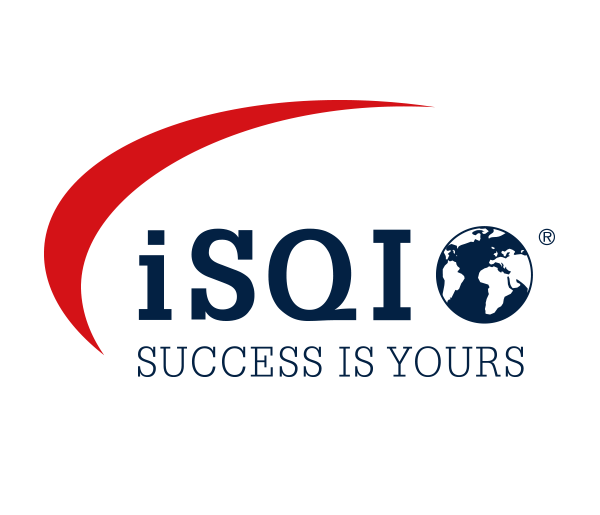Introduction
Agile software development has gained a lot of popularity in recent years due to its flexibility, adaptability, and focus on delivering value to customers. However, some teams often overlook the importance of quality testing in the software development lifecycle (SDLC). Testing is often treated as an isolated activity, detached from the rest of the SDLC, which can be detrimental to the overall success of deliveries. In this article, we will discuss why a quality-driven culture is essential in agile software development and how it can be integrated into the SDLC.
A Quality-Driven Culture
A quality-driven culture means making quality a priority in every stage of the SDLC. It involves building quality into every aspect of the software development process rather than testing at the end of each cycle. A quality-driven culture helps teams to detect and fix issues early in the SDLC, reducing the cost of fixing defects later and ensuring that the end product meets customer requirements. The following are some reasons why a quality-driven culture is essential in agile software development.
Enhanced Customer Satisfaction: Quality is a crucial factor in ensuring customer satisfaction. Delivering a product with defects can result in poor customer experience, which can affect customer loyalty and revenue. A quality-driven culture ensures that products meet customer requirements, and customer feedback is incorporated into the development process.
Reduced Costs: Detecting and fixing defects early in the SDLC is less expensive than fixing them after the product is released. A quality-driven culture can help teams to reduce the cost of fixing defects, resulting in higher ROI.
Increased Productivity: Teams that prioritize quality can work more efficiently, reducing the time and effort required to fix defects. This increases productivity, enabling teams to focus on delivering value to customers.
Integrating Quality-Driven Culture into the SDLC
Integrating a quality-driven culture into the SDLC requires a collaborative effort from all team members, including developers, product owners, analysts, and testers. The following are some ways in which a quality-driven culture can be integrated into the SDLC:
Start Early: Quality testing should start as early as the planning phase of the SDLC. This involves identifying the requirements and developing a plan to ensure that quality is built into every aspect of the development process.
Cross-Functional Collaboration: Collaboration between developers, testers, product owners, and analysts can ensure that quality is a shared responsibility. This can help to identify and fix defects early, reducing the cost of fixing them later.
Continuous Integration and Delivery: Continuous integration and delivery (CI/CD) is a development approach that involves continuously testing and delivering small increments of software. This approach ensures that quality is maintained throughout the development process and reduces the risk of defects in the final product.
Training and Education: Providing training and education on testing approaches such as black box, white box, and static testing can help developers, product owners, and analysts to understand the importance of quality testing and how to integrate it into the SDLC.
iSQI suggests: A4Q SOFTWARE DEVELOPMENT ENGINEER IN TEST (SDET)
Conclusion
In conclusion, a quality-driven culture is essential in agile software development. It ensures that quality is a priority throughout the SDLC, reducing the cost of fixing defects and ensuring customer satisfaction. Teams can integrate a quality-driven culture by starting early, collaborating cross-functionally, implementing continuous integration and delivery, and providing training and education. By prioritizing quality, teams can deliver high-quality products that meet customer requirements and deliver value.








.png)
.png)

